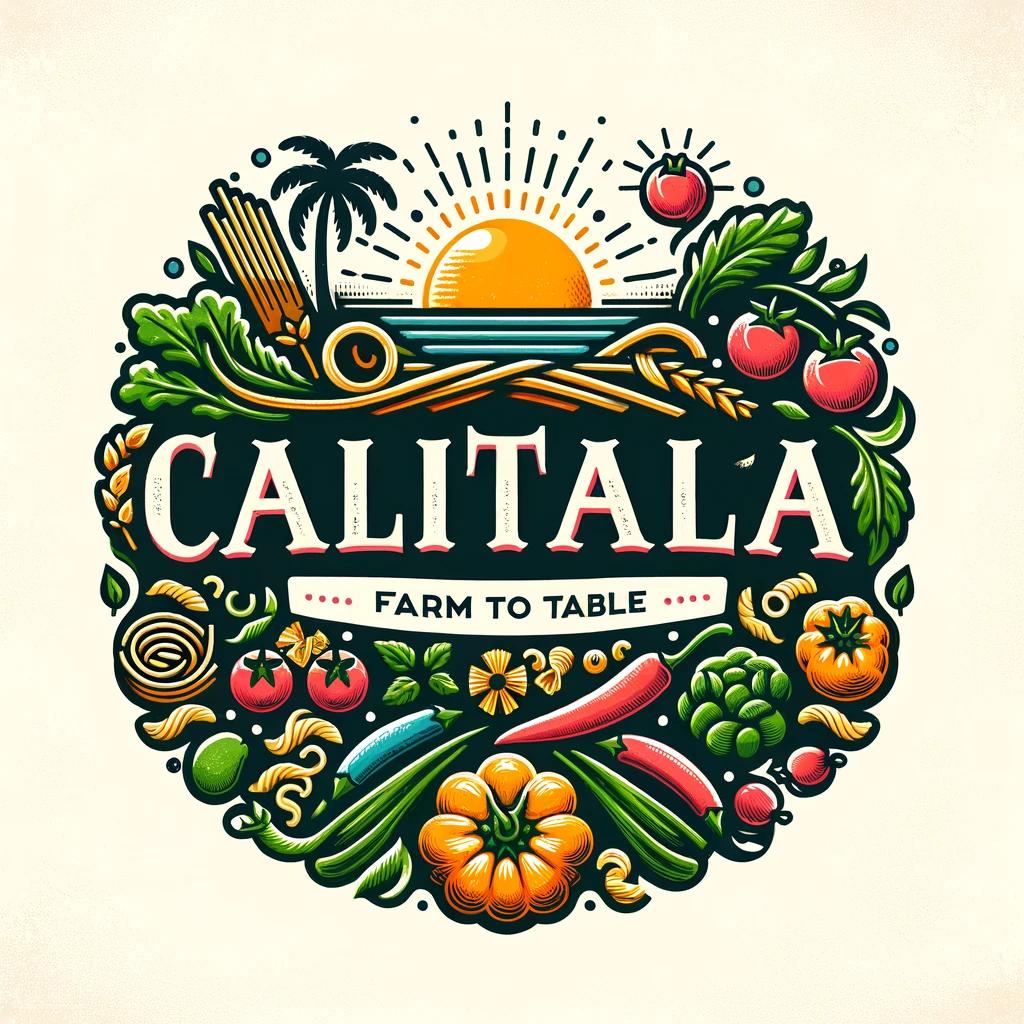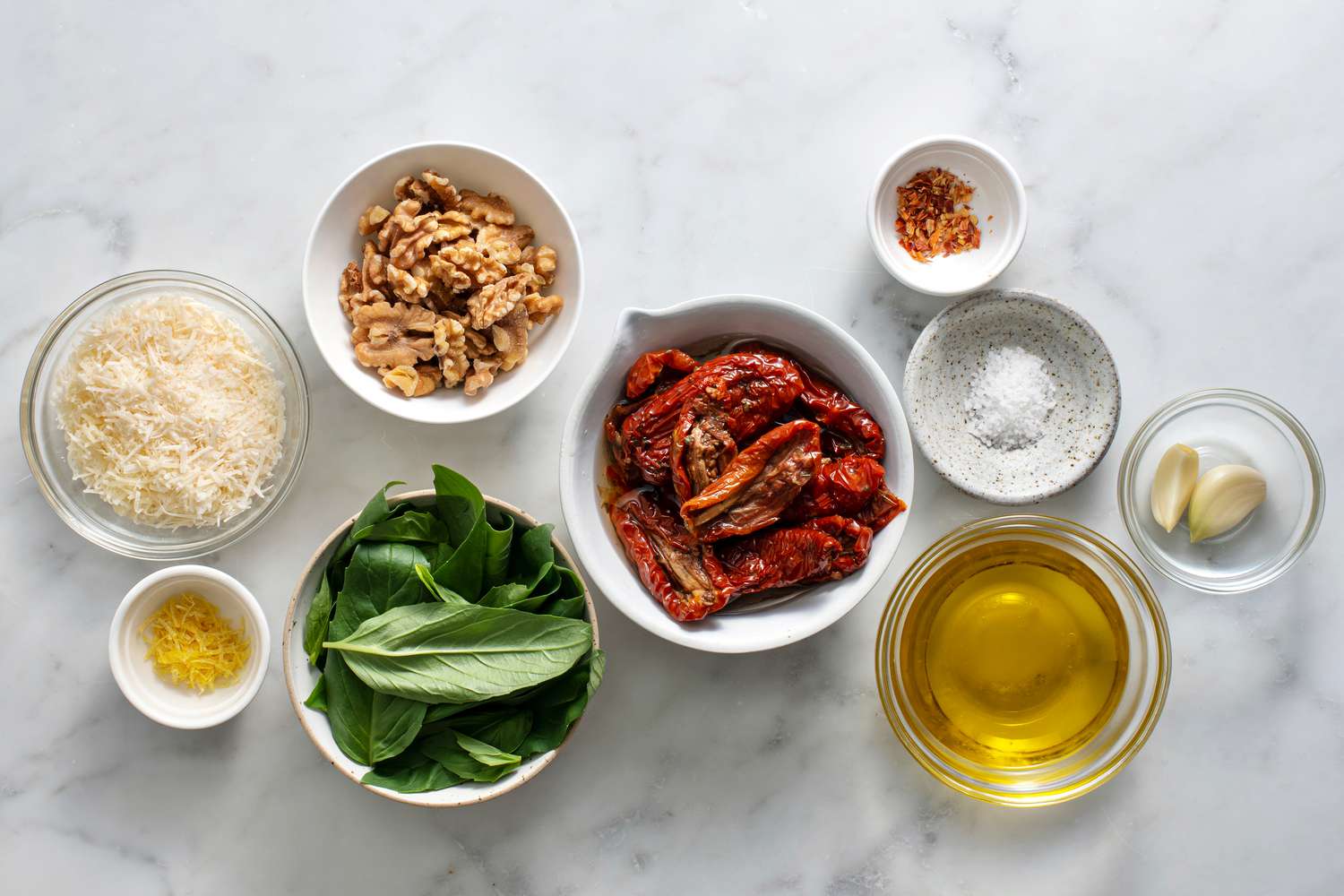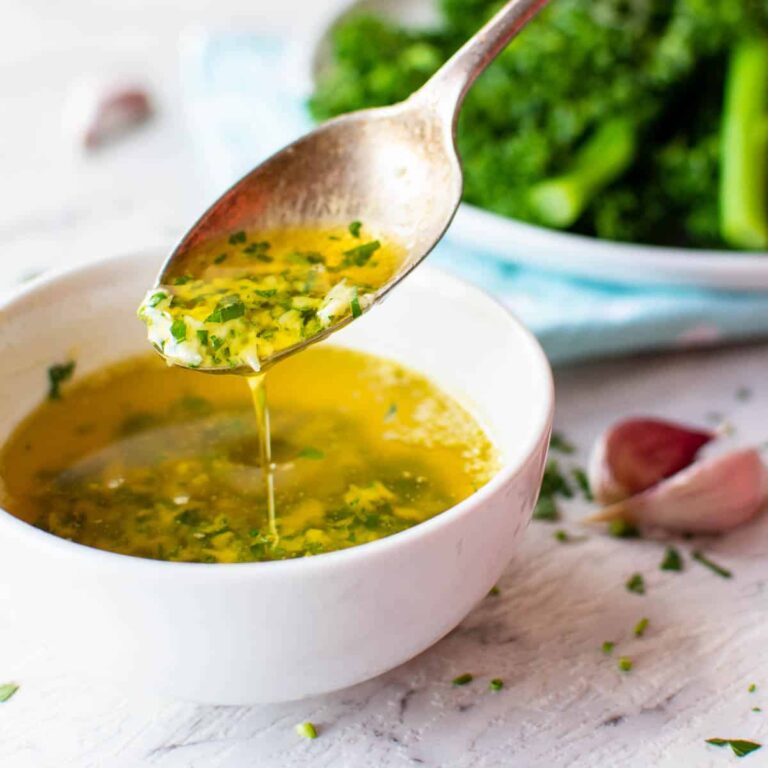Sun-dried tomato pesto is a flavorful and versatile sauce that can transform any dish. Whether used as a spread on sandwiches, a topping for pasta, or a dip for vegetables, this pesto brings a burst of Mediterranean flavor to your meals. Creating the perfect sun-dried tomato pesto starts with selecting high-quality ingredients and understanding their roles in the recipe.
In this article abour Ingredients for Sun Dried Tomato Pesto, we will explore the key components of sun-dried tomato pesto, including sun-dried tomatoes, olive oil, garlic, pine nuts, Parmesan cheese, and basil. We will delve into the selection, preparation, and health benefits of each ingredient, ensuring you have all the knowledge needed to make a delicious and nutritious pesto.
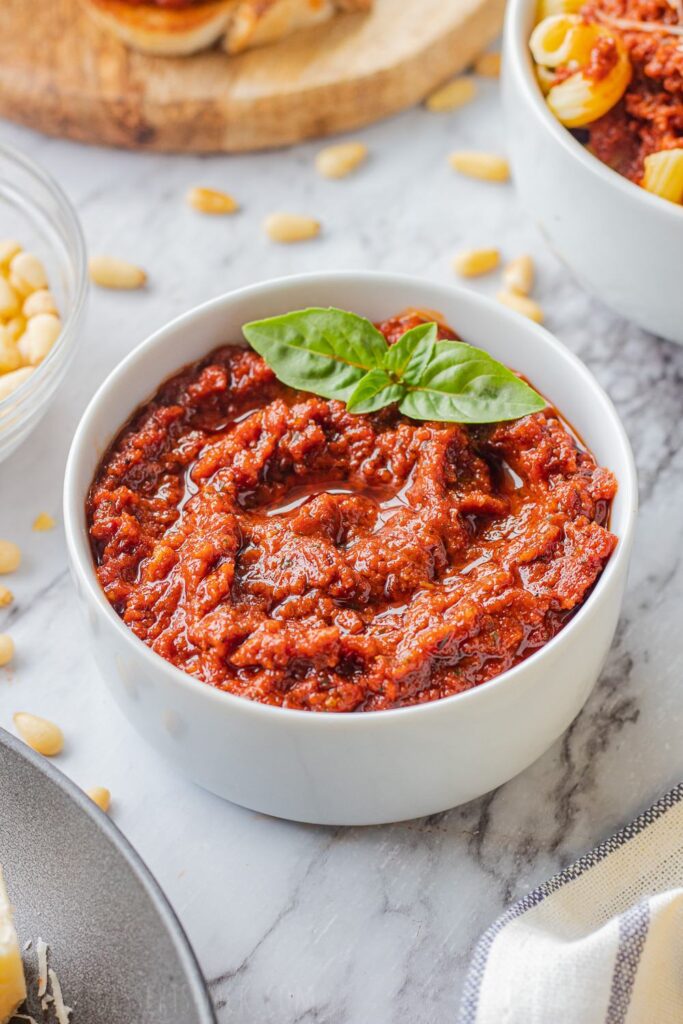
Sun-Dried Tomatoes
Selection and Preparation
Sun-dried tomatoes are the star of this pesto. When selecting sun-dried tomatoes, look for those that are deep red in color, indicating they were dried at peak ripeness. Avoid any that appear overly dark or blackened, as they may be too dry and tough. You can find sun-dried tomatoes packed in oil or dry-packed. Both types work well, but oil-packed tomatoes are often softer and ready to use right out of the jar.
If you choose dry-packed sun-dried tomatoes, you’ll need to rehydrate them before use. Simply soak them in warm water for about 20 minutes until they soften. Drain and pat them dry before adding them to your pesto. This step ensures your pesto has the perfect texture and flavor.
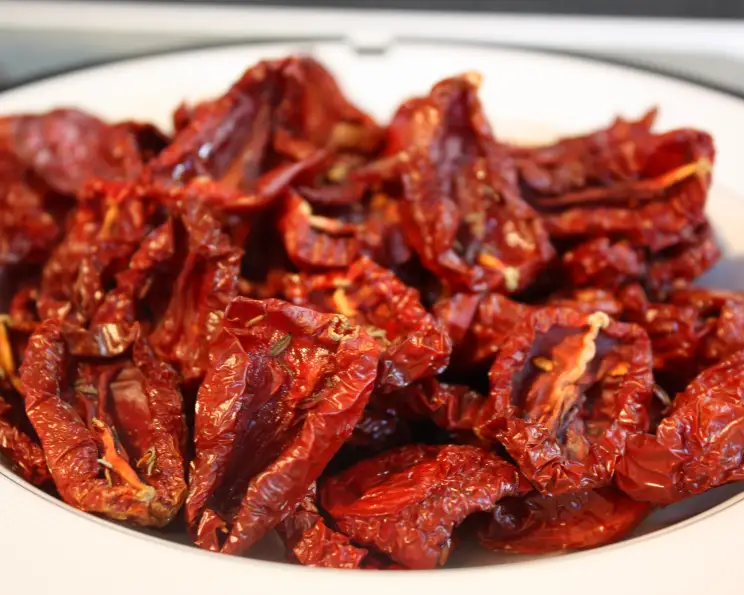
Nutritional Benefits
Sun-dried tomatoes are not only delicious but also packed with nutrients. They are rich in vitamins C and K, and they provide a good source of fiber. The drying process concentrates their natural sugars, making them sweeter and more intense in flavor compared to fresh tomatoes. Additionally, sun-dried tomatoes are high in antioxidants like lycopene, which has been linked to reduced risk of certain cancers and heart disease.
Incorporating sun-dried tomatoes into your diet can boost your intake of essential nutrients and antioxidants, contributing to overall health and well-being. They are particularly beneficial for promoting skin health, improving vision, and supporting a healthy immune system.
Olive Oil
Extra Virgin vs. Regular Olive Oil
Olive oil is a fundamental ingredient in sun-dried tomato pesto, contributing to its smooth texture and rich flavor. When choosing olive oil, extra virgin olive oil (EVOO) is the best option. EVOO is made from pure, cold-pressed olives, whereas regular olive oil is a blend of cold-pressed and processed oils. The cold-pressing process preserves the natural flavors and nutrients of the olives, resulting in a superior taste.
Regular olive oil can be used in a pinch, but it lacks the depth of flavor and health benefits of extra virgin olive oil. If you want your pesto to have the best possible taste and nutritional value, stick with EVOO.
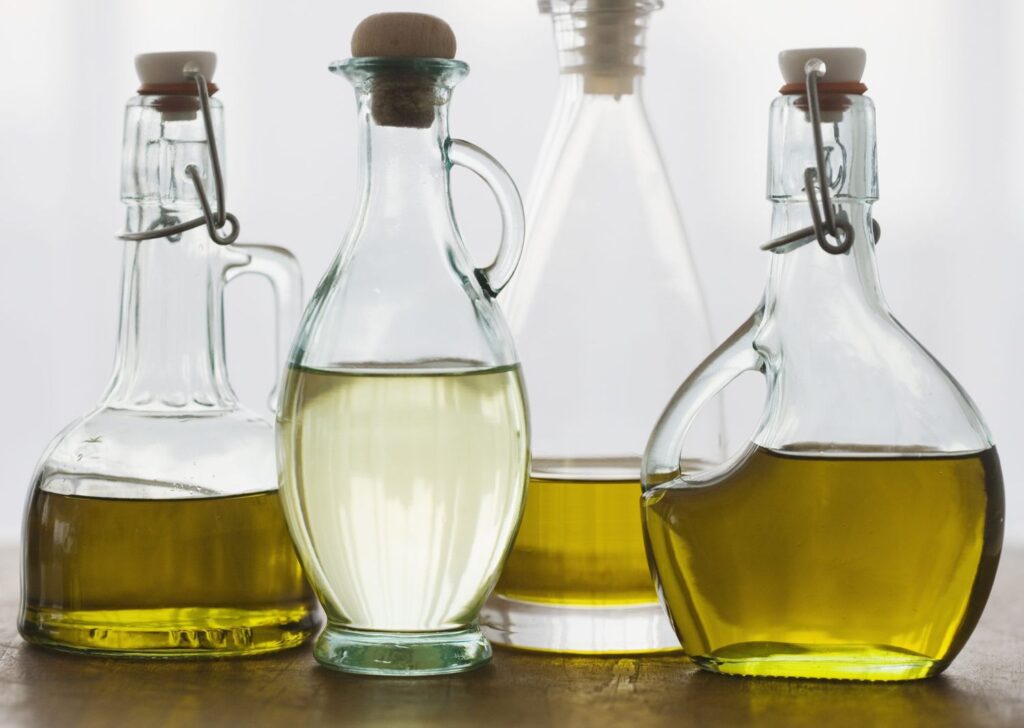
Health Benefits of Olive Oil
Extra virgin olive oil is renowned for its health benefits. It is rich in monounsaturated fats, which are known to reduce bad cholesterol levels and lower the risk of heart disease. EVOO also contains antioxidants, including vitamin E and polyphenols, which help protect your cells from damage. Regular consumption of olive oil has been linked to improved brain health, reduced inflammation, and a lower risk of chronic diseases.
The health benefits of olive oil extend to weight management as well. The monounsaturated fats in olive oil can help you feel full longer, reducing overall calorie intake. Olive oil also promotes digestive health by stimulating the production of bile and pancreatic enzymes, aiding in the absorption of nutrients and improving overall gut health.
Garlic
Culinary Uses
Garlic adds a pungent, aromatic quality to sun-dried tomato pesto, balancing the sweetness of the tomatoes and the richness of the olive oil. When preparing garlic for your pesto, use fresh cloves for the best flavor. Crush or finely chop the garlic to release its oils, which will blend seamlessly into the pesto.
Garlic’s versatility extends beyond pesto. It can be roasted, sautéed, or used raw to enhance the flavor of countless dishes. Roasted garlic, with its mellow and sweet flavor, can add depth to sauces and spreads. Raw garlic, on the other hand, provides a sharp, intense flavor that can brighten up salads and dressings.
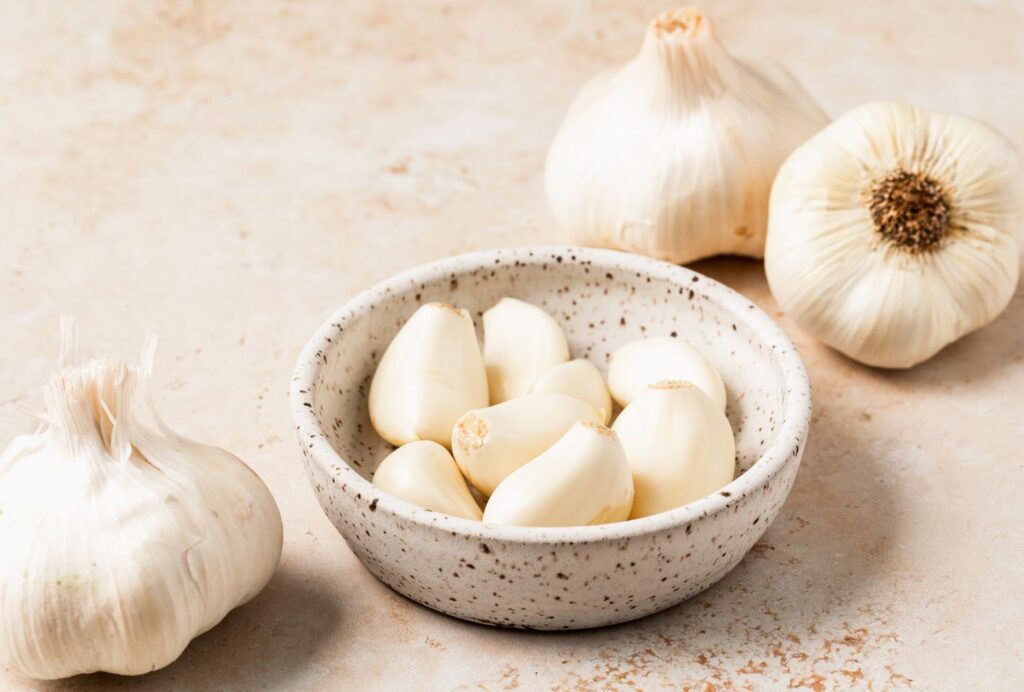
Health Benefits
Garlic is not just a flavor powerhouse; it’s also packed with health benefits. It has been used for centuries for its medicinal properties. Garlic contains compounds like allicin, which has antibacterial and antiviral properties. Regular consumption of garlic can boost your immune system, lower blood pressure, improve cholesterol levels, and reduce the risk of heart disease. It also has anti-inflammatory properties that can help alleviate symptoms of various inflammatory conditions.
Additionally, garlic has been shown to have anticancer properties. Studies suggest that regular consumption of garlic can help reduce the risk of certain cancers, including stomach and colon cancer. Garlic’s ability to enhance the body’s detoxification process and its antioxidant properties contribute to its protective effects against cancer.
Pine Nuts
Benefits of Pine Nuts
Pine nuts add a creamy texture and nutty flavor to sun-dried tomato pesto. These small seeds are rich in healthy fats, protein, and fiber. They are also an excellent source of vitamins and minerals, including vitamin E, magnesium, and zinc. Pine nuts contain pinolenic acid, which has been shown to suppress appetite and aid in weight management. Additionally, they provide a good amount of antioxidants that help protect the body against oxidative stress.
Incorporating pine nuts into your diet can support heart health by reducing bad cholesterol levels and increasing good cholesterol. The healthy fats in pine nuts, combined with their nutrient profile, make them a valuable addition to a balanced diet.
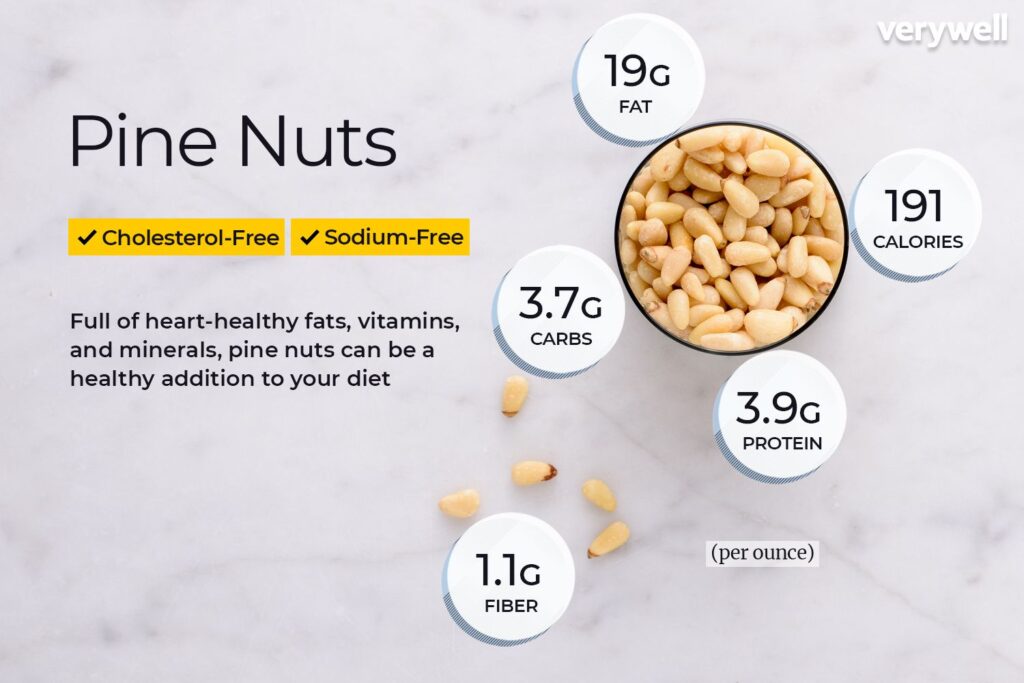
Alternatives like Walnuts or Almonds
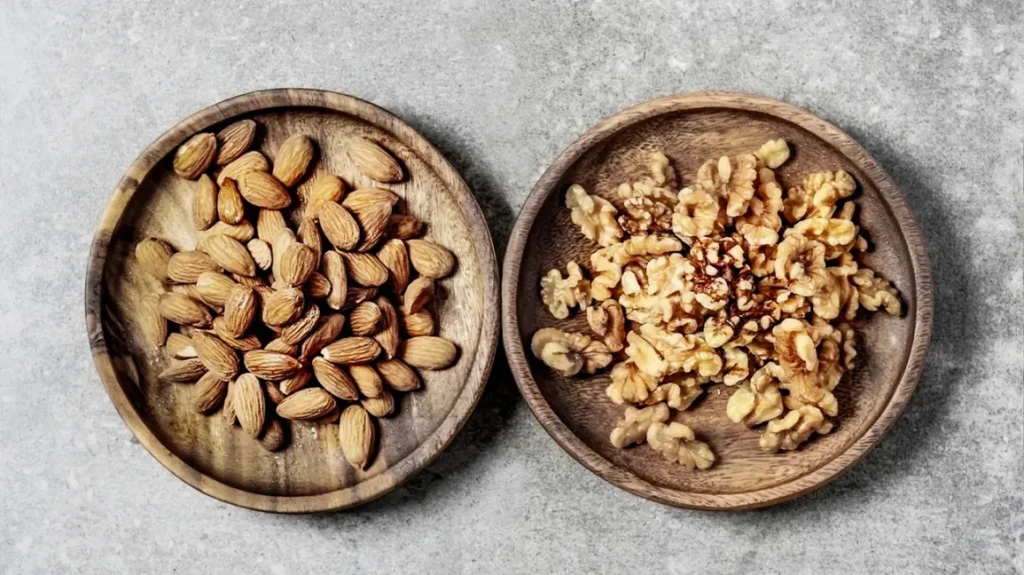
While pine nuts are traditional in pesto, they can be expensive and sometimes hard to find. Fortunately, there are excellent alternatives that can still deliver great flavor and texture. Walnuts and almonds are both viable substitutes. Walnuts add a slightly bitter, earthy taste, while almonds provide a sweeter, more delicate flavor. Both nuts are nutritious and can enhance the richness of your pesto.
Walnuts are rich in omega-3 fatty acids, which are beneficial for heart health and cognitive function. Almonds, on the other hand, are high in vitamin E and magnesium, supporting skin health and energy production. Both nuts offer unique flavors and health benefits, allowing you to customize your pesto based on your preferences and nutritional needs.
Parmesan Cheese
Different Cheese Options
Parmesan cheese adds a savory, umami depth to sun-dried tomato pesto. For the best results, use freshly grated Parmesan rather than pre-grated varieties, which often contain anti-caking agents that can affect texture. Parmigiano-Reggiano is the gold standard, but other hard cheeses like Pecorino Romano or Grana Padano can also be used. Each cheese has its unique flavor profile, with Pecorino Romano being saltier and more robust, and Grana Padano being milder and creamier.
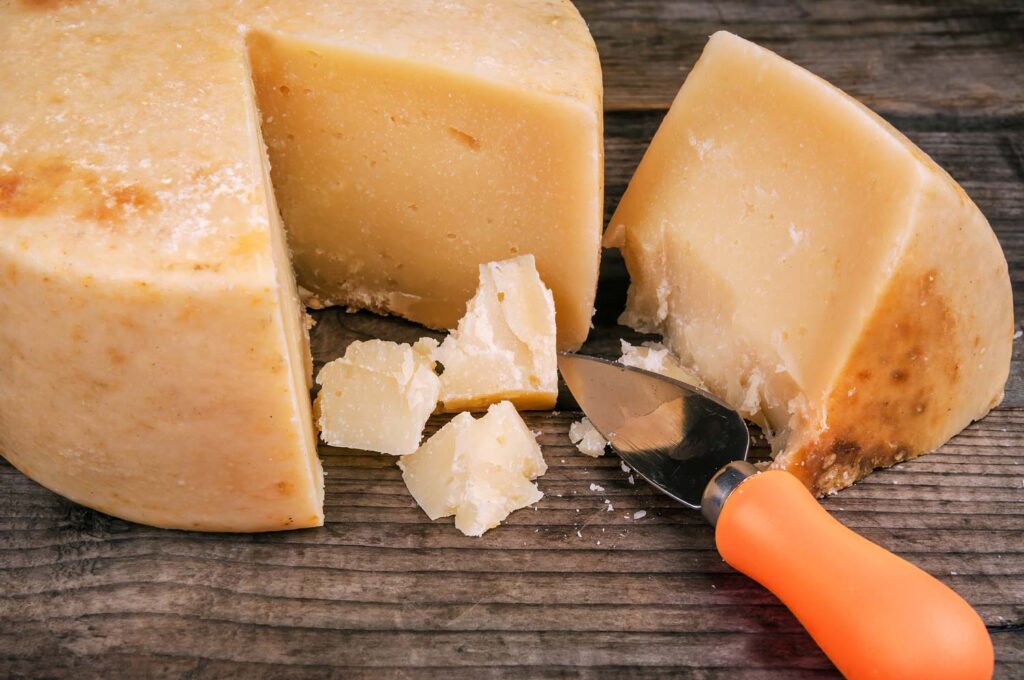
How to Grate Cheese Perfectly
Grating cheese perfectly can make a big difference in the texture of your pesto. Use a microplane or fine grater to achieve light, fluffy shreds that will blend easily. If you prefer a chunkier texture, use a coarser grater. Always grate cheese fresh just before adding it to your pesto to preserve its flavor and aroma.
For those who prefer a dairy-free option, nutritional yeast can be used as a substitute for Parmesan cheese. Nutritional yeast provides a cheesy, umami flavor and is rich in B vitamins and protein, making it a nutritious alternative for vegans and those with dairy allergies.
Basil
Varieties of Basil
Basil brings a fresh, aromatic quality to sun-dried tomato pesto. There are several varieties of basil you can use, each offering a slightly different flavor. Sweet basil is the most common and has a mild, peppery taste. Genovese basil, known for its large, tender leaves, is often preferred for pesto. Thai basil, with its hint of anise, can add an exotic twist. Experiment with different types of basil to find your favorite combination.
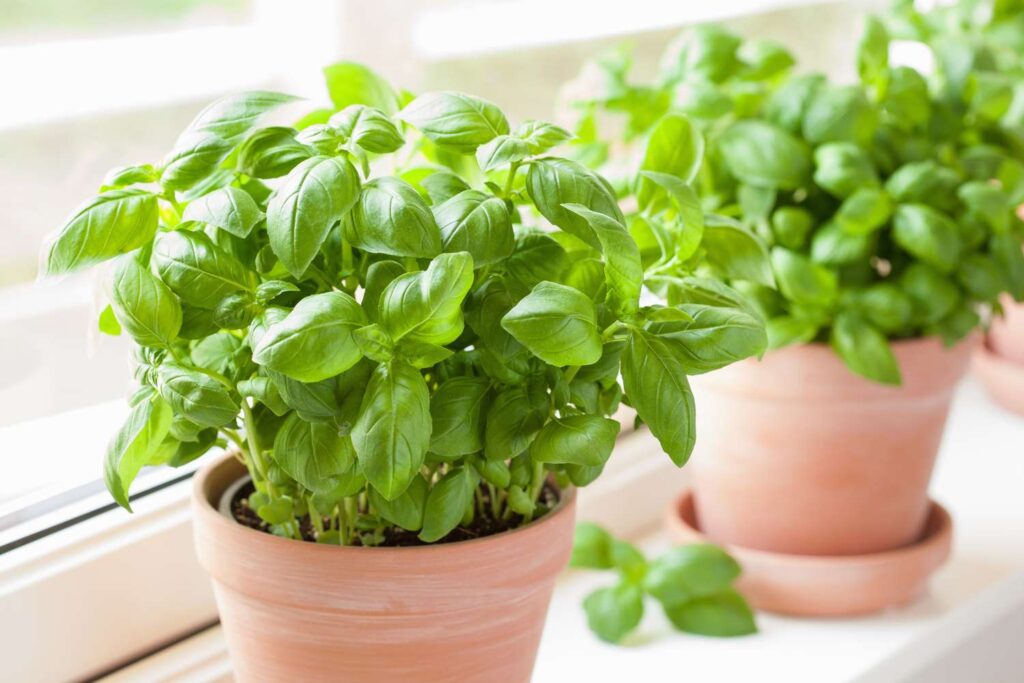
Growing Basil at Home
Growing basil at home ensures you have a fresh supply for your pesto. Basil is relatively easy to grow in pots or garden beds. It thrives in warm, sunny locations with well-drained soil. Regularly pinch back the stems to encourage bushier growth and prevent the plant from flowering too early. Water basil regularly but avoid letting the soil become waterlogged. Having fresh basil on hand will elevate the flavor of your pesto and add a vibrant green color to the finished product.
Homegrown basil not only enhances the flavor of your pesto but also ensures you have a pesticide-free herb. You can grow basil indoors or outdoors, making it accessible even if you have limited space. Harvest basil leaves regularly to encourage new growth and maintain a healthy plant.
Conclusion
Creating the perfect sun-dried tomato pesto hinges on selecting high-quality ingredients and understanding their roles in the recipe. From the sweet intensity of sun-dried tomatoes to the nutty richness of pine nuts and the aromatic freshness of basil, each component contributes to a balanced, flavorful pesto.
Olive oil and Parmesan cheese add smoothness and depth, while garlic brings a pungent kick. By choosing the best versions of these ingredients and preparing them with care, you can make a sun-dried tomato pesto that is both delicious and nutritious.
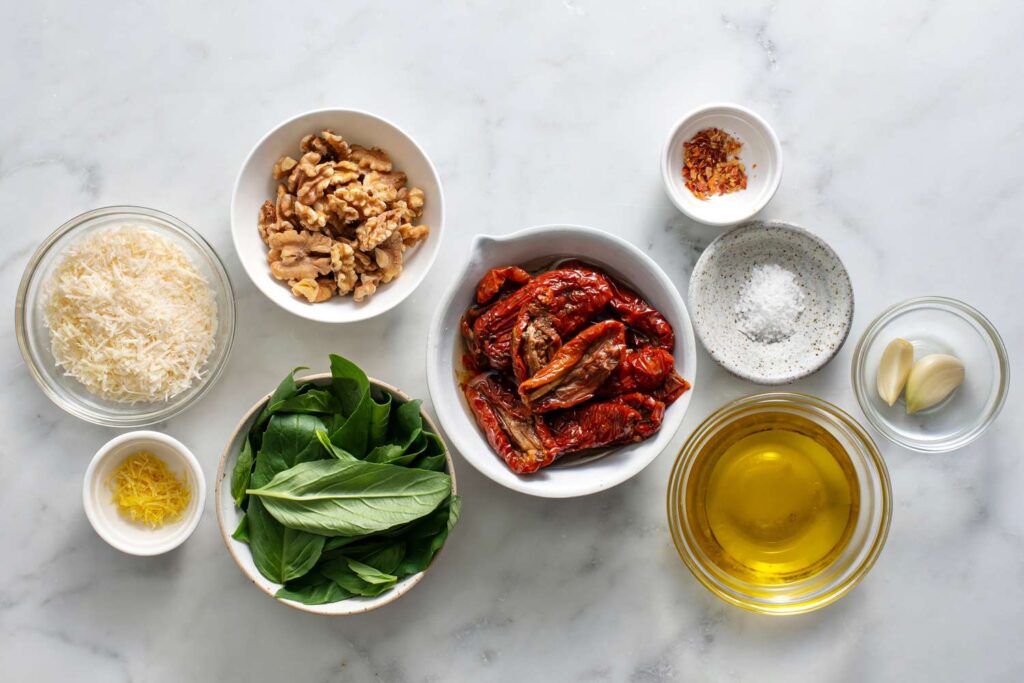
Enjoy your homemade pesto as a versatile addition to your culinary repertoire, enhancing everything from pasta and sandwiches to dips and spreads.
Disclosure: Our blog contains affiliate links to products. We may receive a commission for purchases made through these links. However, this does not impact our reviews and comparisons. We try our best to keep things fair and balanced, in order to help you make the best choice for you.
